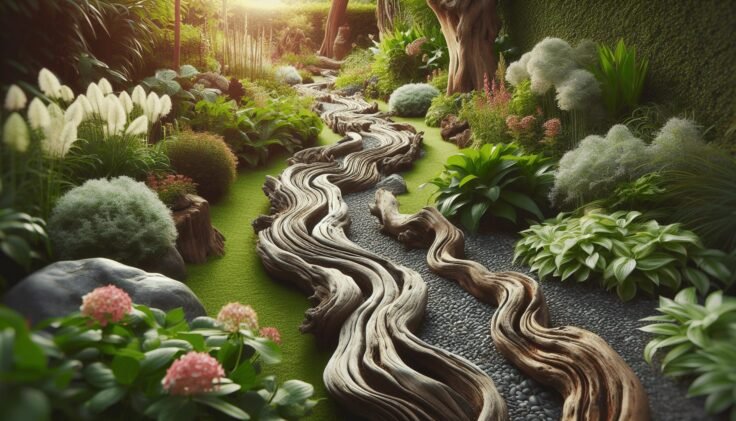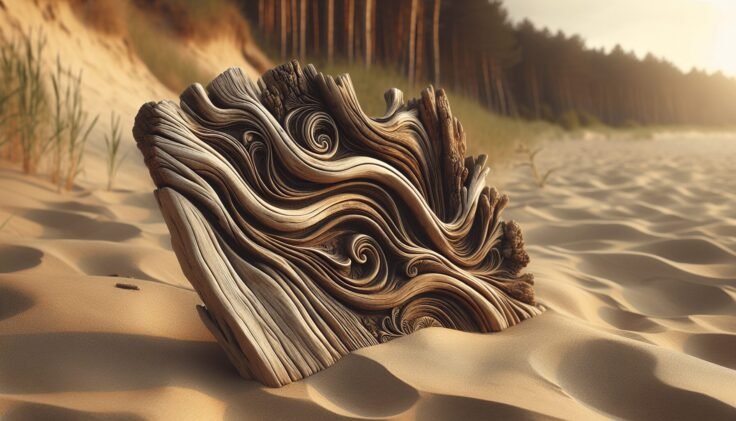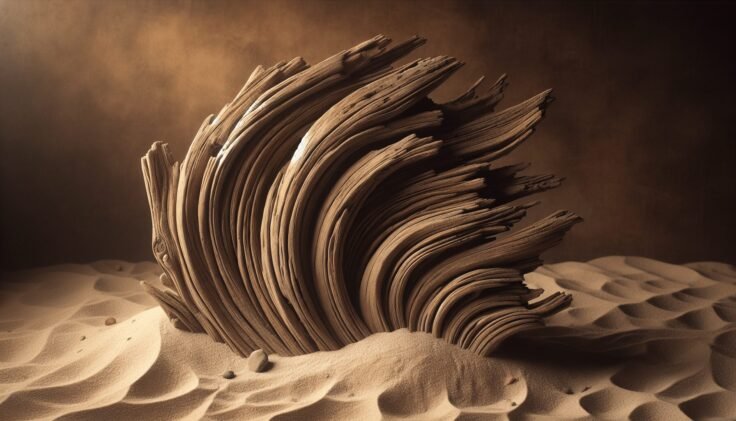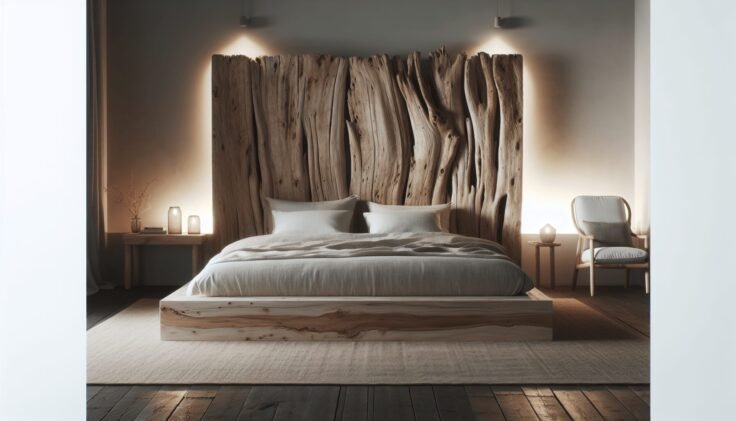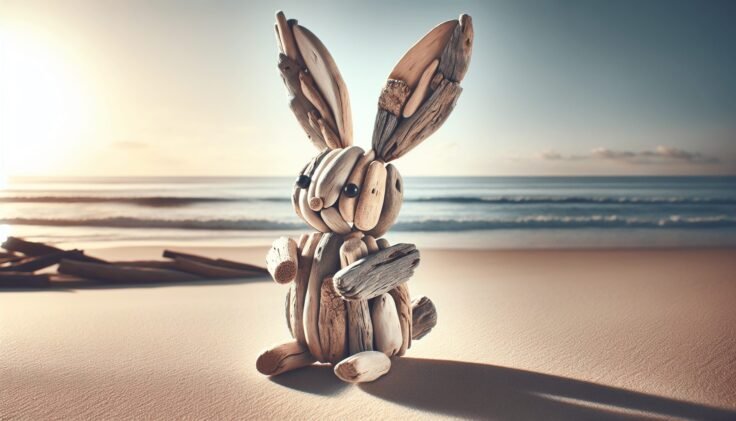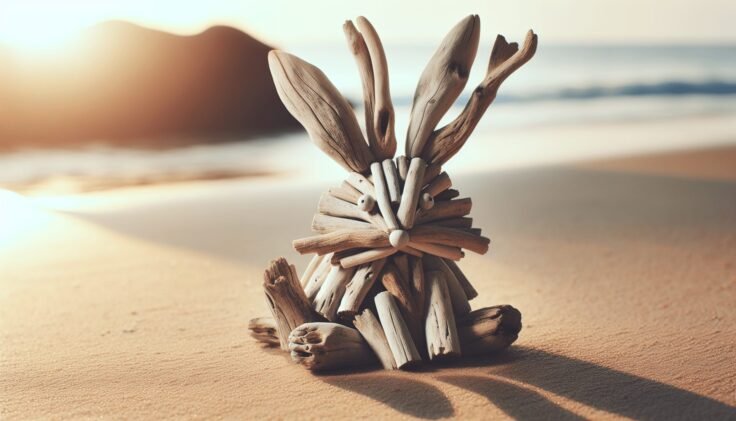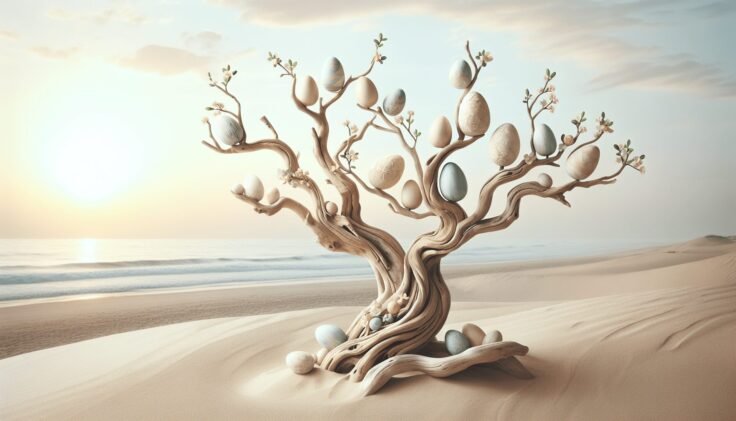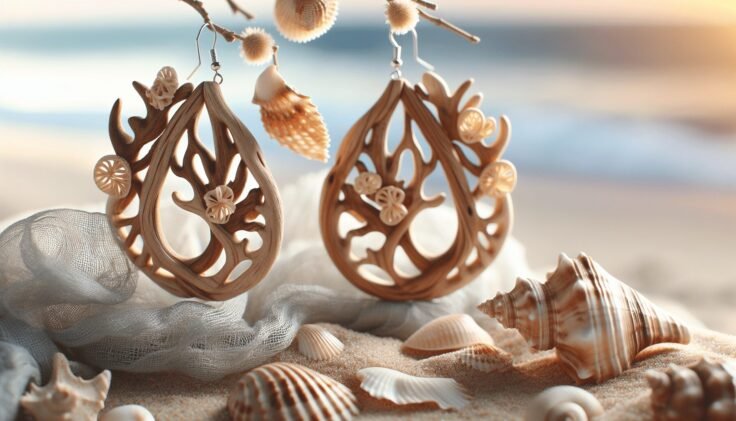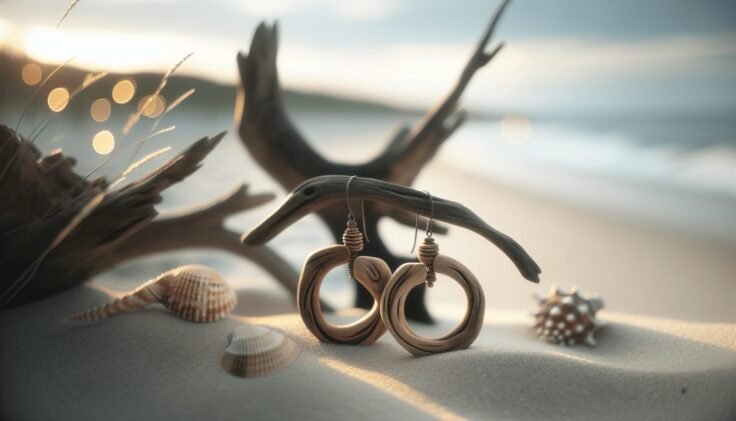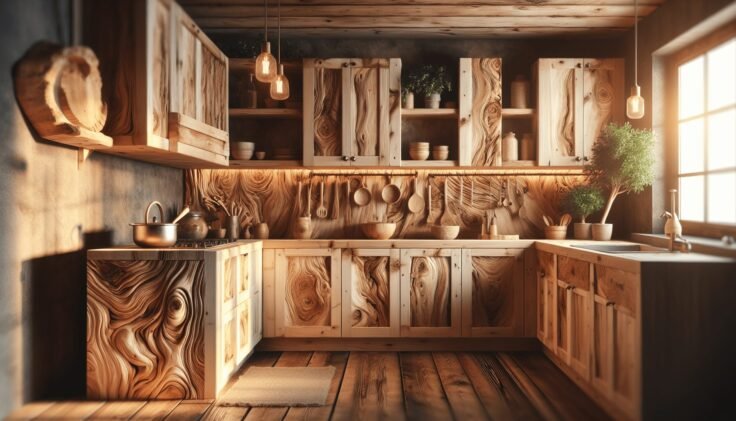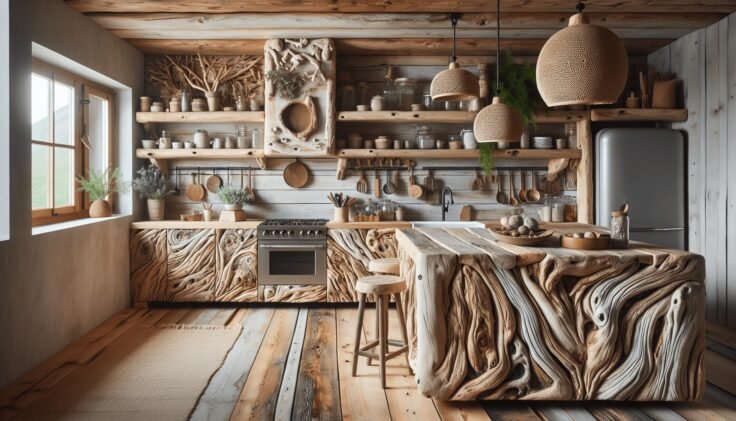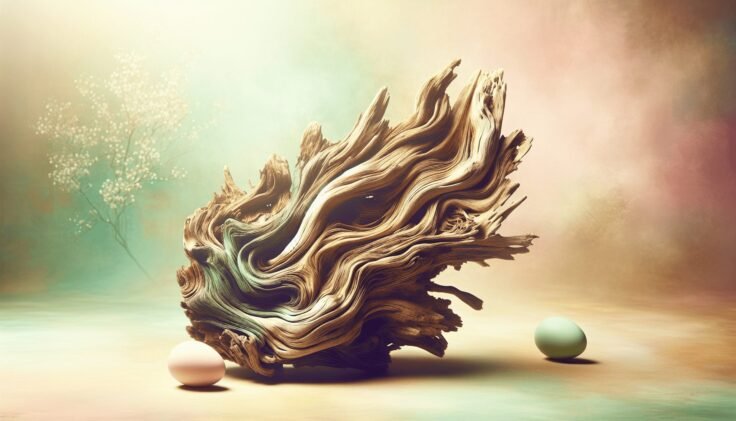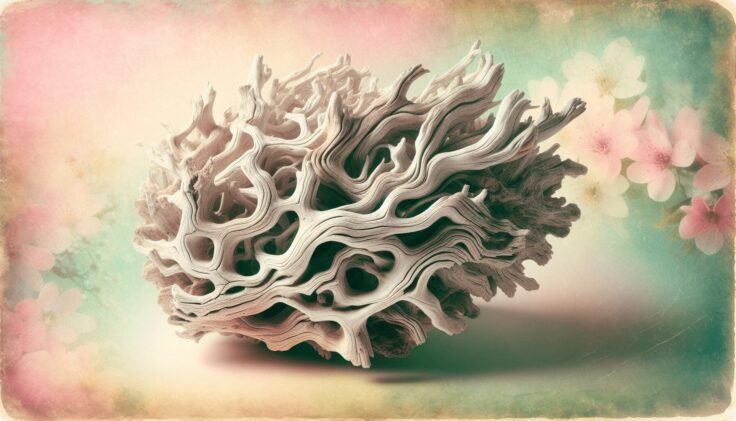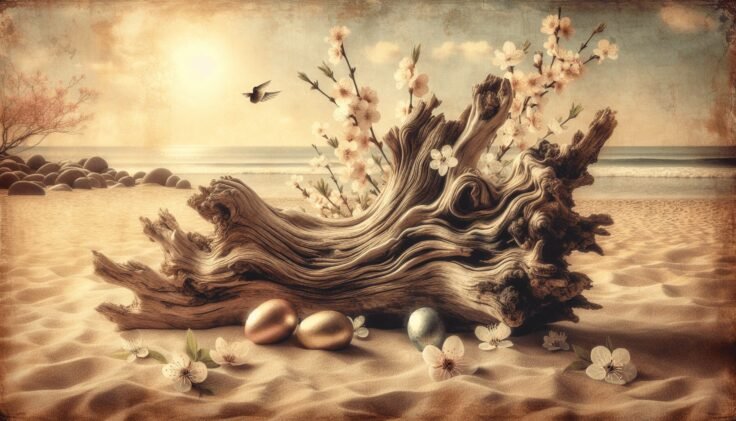Have you ever wondered how a simple piece of driftwood can transform into a magical toy that sparks a child’s imagination? Imagine a world where each curve, knot, and grain tells a story, inviting young adventurers to embark on fantastical journeys right in their living rooms. Driftwood Kids Toys offer just that—a bridge between the natural world and a child’s limitless imagination. In this article, we’ll dive into what makes driftwood toys so special, their benefits, and why they might just be the perfect addition to your child’s toy collection.

What Are Driftwood Kids Toys?
Driftwood Kids Toys are enchanting playthings crafted from naturally occurring pieces of wood that have been shaped and smoothed by the elements. As these pieces wade through rivers and oceans, they become unique works of art polished by time, sand, and waves. These toys stand out due to their organic feel, each offering a distinctive appearance and texture that manufactured toys simply can’t replicate.
The Origins of Driftwood
Driftwood is essentially wood that has floated in bodies of water before washing ashore. It originates from trees that have been worn down and smoothed by natural forces. Each piece has its own journey, making it a story in itself. Over time, driftwood has become a favorite material for artists and artisans due to its unique qualities and natural beauty.
Why Choose Driftwood Toys?
Choosing driftwood toys for your child means opting for sustainable, environmentally friendly playthings that promote creativity and imagination. These toys encourage kids to move away from electronics and instead play with something tactile and natural, enhancing sensory experiences. The allure of driftwood toys also lies in their uniqueness—no two pieces are ever alike, which adds an element of surprise and delight to playtime.
Environmental Impact
Toy manufacturing can often be a process that takes a toll on the environment. Commonly used plastics are not biodegradable, and their production often involves harsh chemicals. In contrast, driftwood toys have minimal environmental impact as they use readily available natural resources. By choosing driftwood toys, you help reduce the demand for plastic toys and encourage the use of renewable resources, contributing to a healthier planet.
The Charm of Handcrafted Toys
Handcrafted toys have a special place in our hearts. They often evoke nostalgia and a sense of individuality. Driftwood toys are typically handmade by skilled artisans who shape and craft each piece with attention to detail. This craftsmanship not only ensures quality but also embeds the toy with a kind of warmth and personality that mass-produced items lack.
Benefits of Driftwood Toys
Aside from their environmental benefits, driftwood toys offer several other advantages that can make your child’s playtime enjoyable and enriching. From promoting sensory skills to supporting creativity, these toys can enhance your child’s development in numerous ways.
Encourages Imaginative Play
Driftwood toys act as blank canvases for your child’s imagination. Since they don’t come with predefined shapes or purposes, children must use their creativity to create their own scenarios and uses for the toys. This open-ended play develops cognitive skills and problem-solving abilities.
Develops Fine Motor Skills
Handling and manipulating driftwood toys can enhance hand-eye coordination and fine motor skills. Toys like blocks or stacking toys made of driftwood prompt children to use their hands and fingers for control, which is essential for writing and other daily tasks as they grow older.
Sensory Experience
The tactile experience of holding a piece of driftwood is unlike anything else. Its smooth surface, occasional rough spots, and natural temperature provide a sensory experience that engages touch, a crucial aspect of early development. By playing with driftwood toys, children learn to explore different textures and shapes.
Connects Children with Nature
In our increasingly digital world, driftwood toys connect children with nature. As kids play with these toys, they not only engage with a piece of the natural world, but they also learn to appreciate the beauty and diversity of the environment around them.
Types of Driftwood Kids Toys
Driftwood toys come in a variety of forms, each designed to spark a different aspect of playfulness and learning. Let’s explore some popular types.
Driftwood Blocks
Ideal for building, balancing, and stacking, driftwood blocks encourage spatial awareness and creativity. Children can use these blocks to create structures, which also enhances problem-solving skills as they figure out stability and balance.
Driftwood Figurines
Figurines crafted from driftwood can include animals, people, or imaginary creatures. These toys are perfect for role-playing and storytelling, helping children communicate ideas and emotions through play.
Driftwood Mobiles
Mobiles can serve as both decorative pieces and toys. Hung above a crib or play area, driftwood mobiles draw children’s eyes upward, stimulating visual development and tracking skills as they watch the pieces dance and swing in the air.
Driftwood Puzzles
Puzzles made from driftwood come in various complexities and shapes, challenging young minds to think strategically. Solving driftwood puzzles enhances logical thinking and provides a satisfying sense of accomplishment.

Selecting the Right Driftwood Toy
With various types of driftwood toys available, choosing the right one can feel overwhelming. Consider your child’s age, interests, and developmental stage when making a selection.
Age Appropriateness
Ensure that you choose toys that match your child’s age and developmental level. Small pieces might pose a choking hazard for younger children, while older kids might enjoy more complex puzzles and building sets.
Safety Considerations
While driftwood toys are generally safe, it’s crucial to ensure they’re well-sanded and free of splinters or sharp edges. Select toys from reputable manufacturers or artisans that prioritize safety in their designs.
Matching Interests
Consider what your child enjoys most. If they love animals, they might be drawn to driftwood figurines. For children with a knack for constructing, driftwood blocks would be a perfect match.
Caring for Your Driftwood Toys
Driftwood toys are quite durable but, like all toys, require a bit of care to keep them in good condition. Regular maintenance ensures longevity and safety.
Cleaning the Toys
Cleaning driftwood toys is simple. Wipe them with a damp cloth whenever they get dirty. If necessary, use a mild soap. Be sure to dry them thoroughly to prevent moisture damage.
Storing Properly
Store your driftwood toys in a cool, dry place away from direct sunlight. Prolonged exposure to heat and sun can lead to cracks or discoloration over time.
Inspect Regularly
Regular inspection of the toys for any signs of wear and tear is crucial. Check for splinters, chips, or any damage that could pose a hazard. Promptly fix or replace any compromised pieces to ensure safe play.
Driftwood Toys and Learning Through Play
The educational value of play is immense, and driftwood toys fit perfectly into various learning frameworks. Their open-ended nature allows for customized educational experiences.
STEM Learning
While driftwood toys may not be the first thing that comes to mind regarding STEM education, they do provide a foundation for these disciplines. Building and balancing blocks involve principles of physics and engineering, offering early exposure in a playful setting.
Language and Communication
By encouraging storytelling and role-playing with driftwood figurines and puzzles, children develop language skills and enhance their communication abilities. They learn to articulate stories and express concepts verbally.
Social Skills
Driftwood toys, particularly those that involve group play, help children develop social skills such as sharing, cooperation, and teamwork. Through interaction with peers or family members, children learn to navigate social dynamics and cultivate friendships.
Investing in Driftwood Toys
As you consider whether driftwood toys are a worthy investment for your child’s playtime and development, it’s important to weigh the costs and benefits. These toys can initially seem more expensive than traditional counterparts, but their quality and sustainable value often justify the price.
Cost Analysis
While driftwood toys might come with a higher price tag due to their handcrafted nature, the benefits far outweigh the initial investment. They are durable, meaning they won’t need replacing as often as cheaper toys that break easily.
Long-Term Value
Because driftwood toys are timeless and durable, they often hold sentimental value. They can be passed down through generations, creating a sense of continuity and history that enriches family bonds.
Making Driftwood Toys a Family Project
If you’re inclined to take a hands-on approach, consider making driftwood toys as a family project. This not only enhances the bond with your kids but also gives them a new appreciation for craftsmanship and creativity.
Finding the Wood
A fun family outing could involve a trip to a local beach or riverbank to collect potential driftwood pieces. By selecting their own pieces of wood, children become more engaged in the creation process.
Creating Together
With your guidance, children can help sand, shape, and design their own toys. This collaborative activity combines fun with practical lessons in craftsmanship and artistic expression.
Safety Precautions
If you decide to create toys at home, be mindful of safety. Ensure you have the appropriate tools and that children are supervised closely to prevent accidents.
Conclusion
Driftwood Kids Toys offer a delightful blend of nature, art, and play, making them a unique addition to any child’s toy collection. They provide a sensory-rich experience that nurtures creativity, fine motor skills, and an appreciation for the natural world. By incorporating driftwood toys into your child’s playtime, you’re not just buying a toy, but investing in a better, brighter, and more imaginative tomorrow for your little ones.

